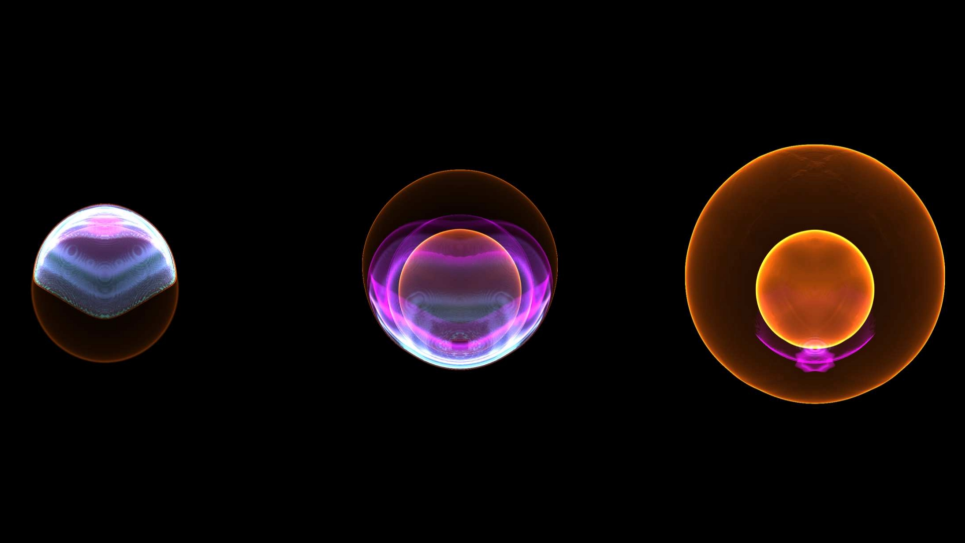
Multiscale Modeling of Magnetic Reconnection in Space and Laboratory Plasmas
Magnetic reconnection, the mechanism by which magnetic field lines change their connectivity, leads to the explosive release of magnetic energy into plasma kinetic energy. In the laboratory, reconnection has implications for magnetic fusion devices; in space, it can lead to plasma transport from solar winds into the Earth’s magnetosphere, which is a key driver of space weather and can lead to satellite damage. This project will shed new light on both the physics and consequences of magnetic reconnection.
Reconnection is a truly multiscale and, therefore, formidable phenomenon, due to the cross-scale coupling between global plasma dynamics and small-scale electron and ion kinetic physics. This research will address several fundamental open questions about reconnection using multiscale, first-principles, kinetic modeling through fully kinetic particle-in-cell simulations on the ALCF’s supercomputer, Theta. These simulations will use more realistic configurations suitable for comparison with new laboratory experiments and spacecraft observations, providing critical new insights into the physics of magnetic reconnection.
In addition to providing a better understanding of reconnection events in magnetic fusion energy devices and space plasmas, information derived from these simulations will advance the capabilities of facilities conducting next-generation magnetic reconnection experiments, such as FLARE, at the Princeton Plasma Physics Laboratory, and T-REX, at the University of Wisconsin. Further numerical simulations will support two DOE Office of Science Opportunities in Basic Plasma Science grants to model reconnection in laboratory experiments.

